How the high street can change for the better
The high street might not be dying, but it's definitely changing and in some places, it's changing for the better. So, what can the centre of town in the 21st century look like?
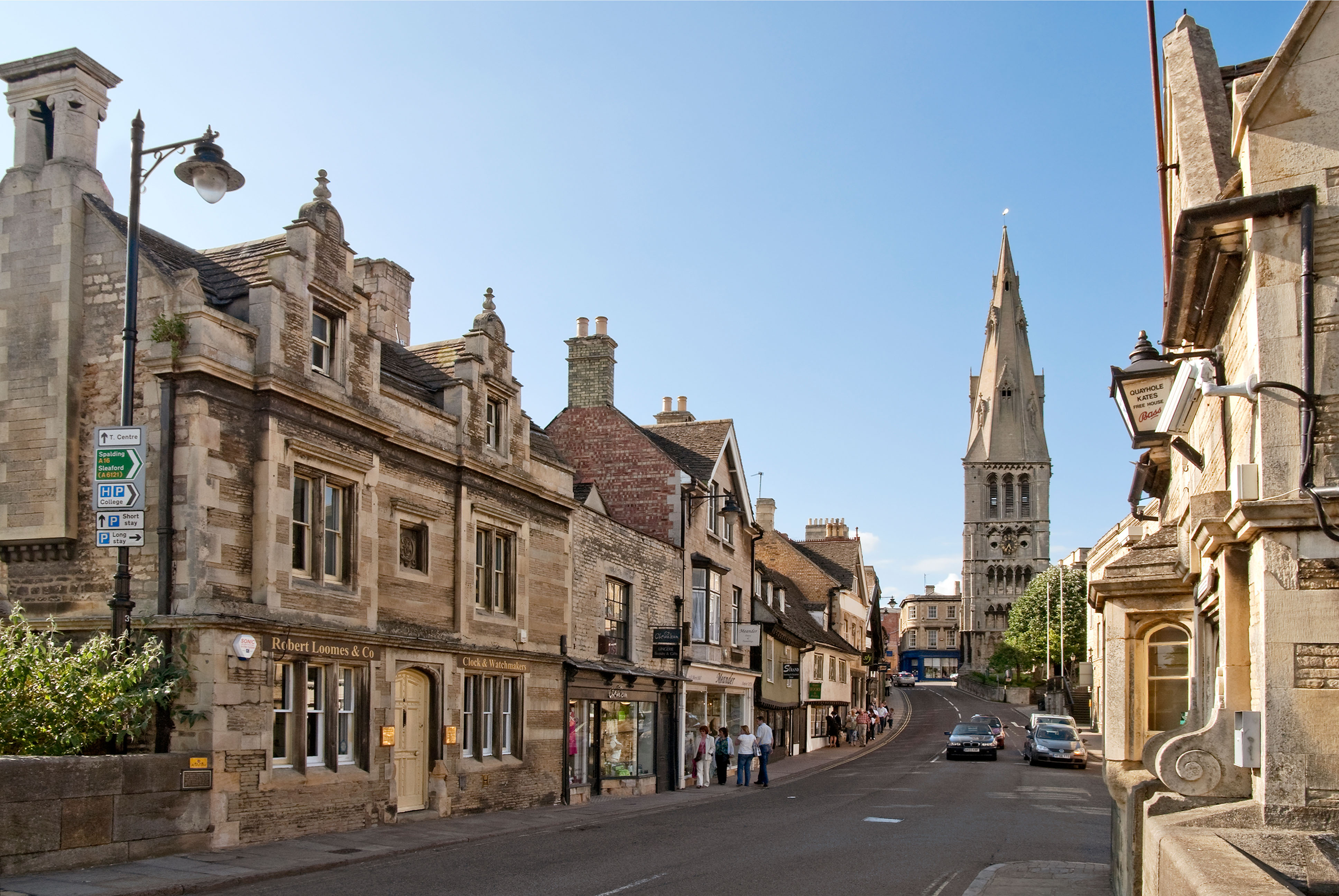

The British high street seems to be in a precarious state. Record numbers of stores are closing, hit by online sales and changes to technology, growth of out-of-town shopping centres, the pandemic slump and washed-out consumer confidence. Some even cite the lingering ‘permacrisis’ of the 2008 financial crunch.
The collapse of several household names, and the pruning of big chain empires like House of Fraser, has produced a retail landscape in flux. The effects are here and now: Boots the Chemist closed around 300 stores in 2024 alone, while WHSmith, founded in 1792, has recently announced its retreat from multiple units to focus on railway stations and airports.
Thousands of bank branches have already disappeared since the 1980s, but their more recent quick exit is having an impact, disproportionately on countryside demographics and the elderly: the Chancellor, Rachel Reeves, opened the 100th banking hub in December last year in response. ‘These should protect communities in the long term’, says Sam Richardson, Deputy Editor of Which? Money, ‘but progress so far has been much too slow. The government must make good on its commitment to opening 350 new hubs in the next few years — and revise that total upwards if necessary.’
Many old bank buildings remain untenanted or are up for sale: the Grade II* Listed banking hall in Pontefract, a crisp Classical former house probably designed by James Paine in 1760, has been auctioned via Savills, while Historic England recently added the former NatWest Bank on Market Street at Crewkerne, Somerset, a honey-coloured, stone composition unusually purpose-built in 1838, to its Heritage at Risk Register.
Yet, despite undoubted decline in places, to some the outlook is distinctly upbeat: ‘Villages and small towns have proved surprisingly resilient’, says Dr Lucy Montague, senior lecturer at the Manchester School of Architecture and advisor to the House of Lords Built Environment Select Committee, who conducted a three-year study of British high streets.

Holm, a restaurant with rooms in Somerset's South Petherton, was once a high street bank and office space
‘The so-called crisis on the high street’ she says, ‘is actually a bit of a misnomer — it is really a crisis in big retail. While major cities have been hollowed out by the failure of successive major retailers and department stores on whom they had become so dependent, and larger towns and small cities are losing out in the competition for the reduced number of stores, smaller centres were never so beholden to them in the first place’.
Tom Whittington, director of commercial research at Savills in Manchester, also suggests that the British high street is enduring a natural evolution, a process of weeding out the under-invested big group offering, which is past its peak anyway, with a likely transition to amenities and local companies taking advantage of lower town centre rents and a change to working practices.
Exquisite houses, the beauty of Nature, and how to get the most from your life, straight to your inbox.
‘We will see more retail and leisure concepts supporting the growth of community and civic uses’, he says, ‘and new restaurants, medical clinics, the relocation of council offices and educational facilities which will change footfall throughout the day.’
Adaptability is also key to redevelopment schemes, while a community-led dynamic also promotes vested interests and entrepreneurialism where long-term unoccupied premises are a problem. ‘This can all be turned around’, explains Nicholas Boys Smith, founding director of Create Streets, the social enterprise and consultancy which specialises in urban regeneration, ‘but you need to get cracking. Create a framework which makes it easy for lots of people to make the place better, instead of having a rigid masterplan. Make it uncomplicated to invest — and concentrate efforts.’
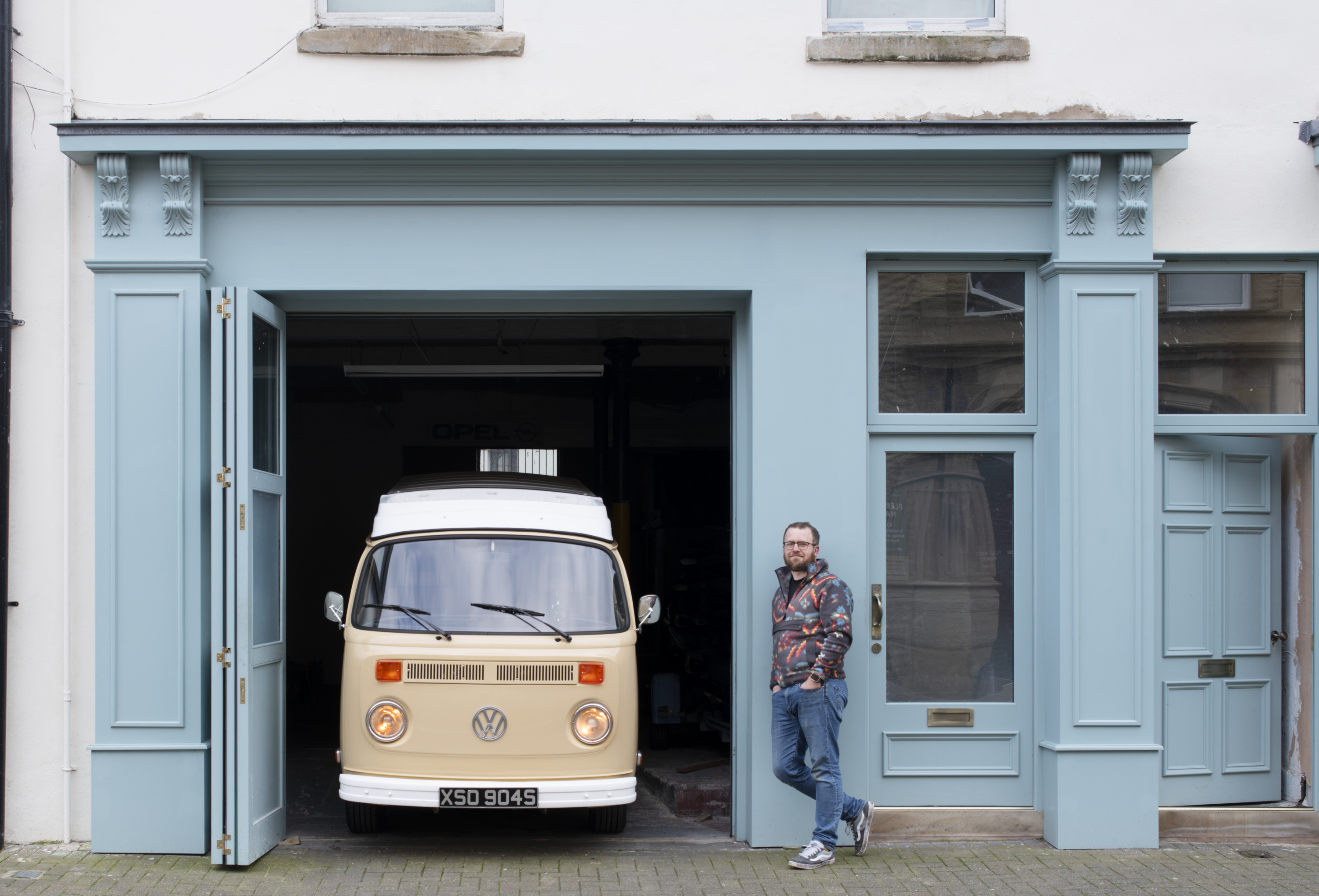
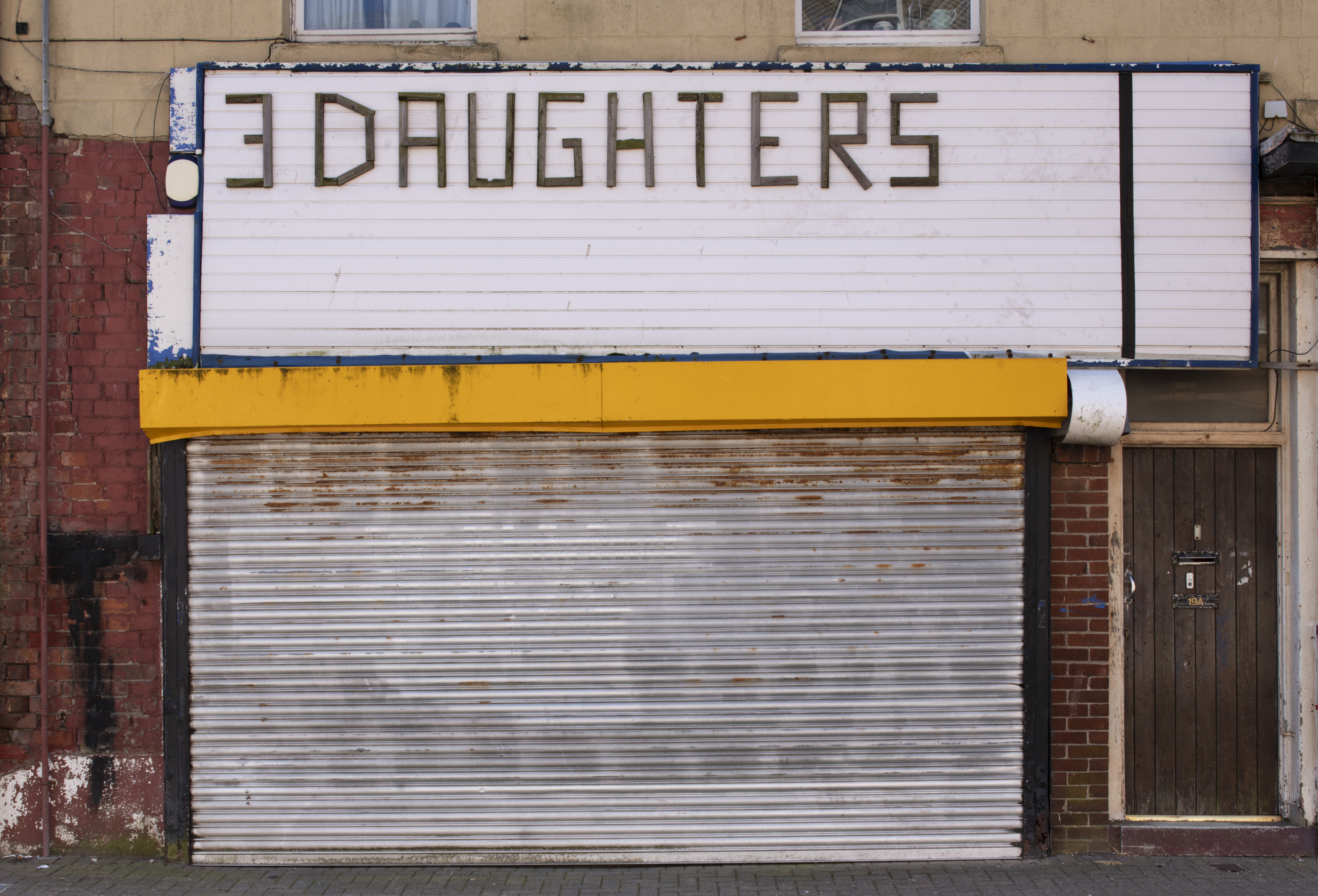
Altrincham, Trafford, once known as a ghost town with the highest number of shop vacancies in the country, reversed its fortunes with a holistic approach engaging residents and businesses and smart financing of public realm improvements — starting with the renovation of the Victorian Market House. Frome in Somerset has also seen a renaissance, initially reducing rents, creating a strong brand and rethinking the role of the town council.
Unoccupied buildings can be a social drag. ‘We know that vacant property on our high streets can have a significant impact on the wider area and the local community’, says a spokesperson from Historic England, ‘and the presence of premises that have been empty for a long time can result in further decreases in footfall and damage community pride and confidence.’ Their High Street Heritage Action Zones programme, in partnership with local authorities, has transformed underused or dilapidated buildings, and promoted cultural events. In Oswestry, Shropshire, improvements were pursued, combining capital grants for the reinstatement of historic shop fronts and the reuse of empty units with living accommodation above.
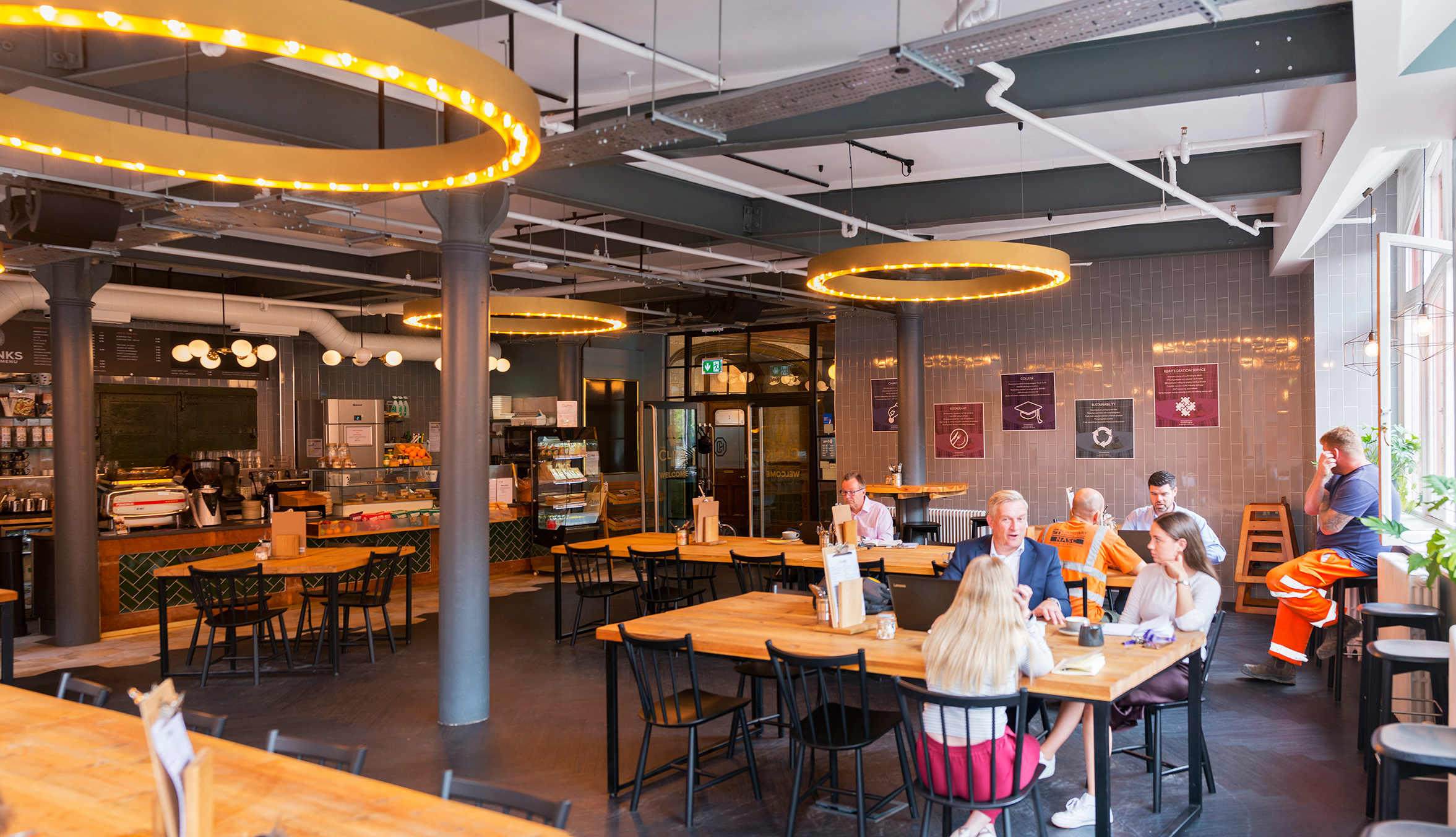
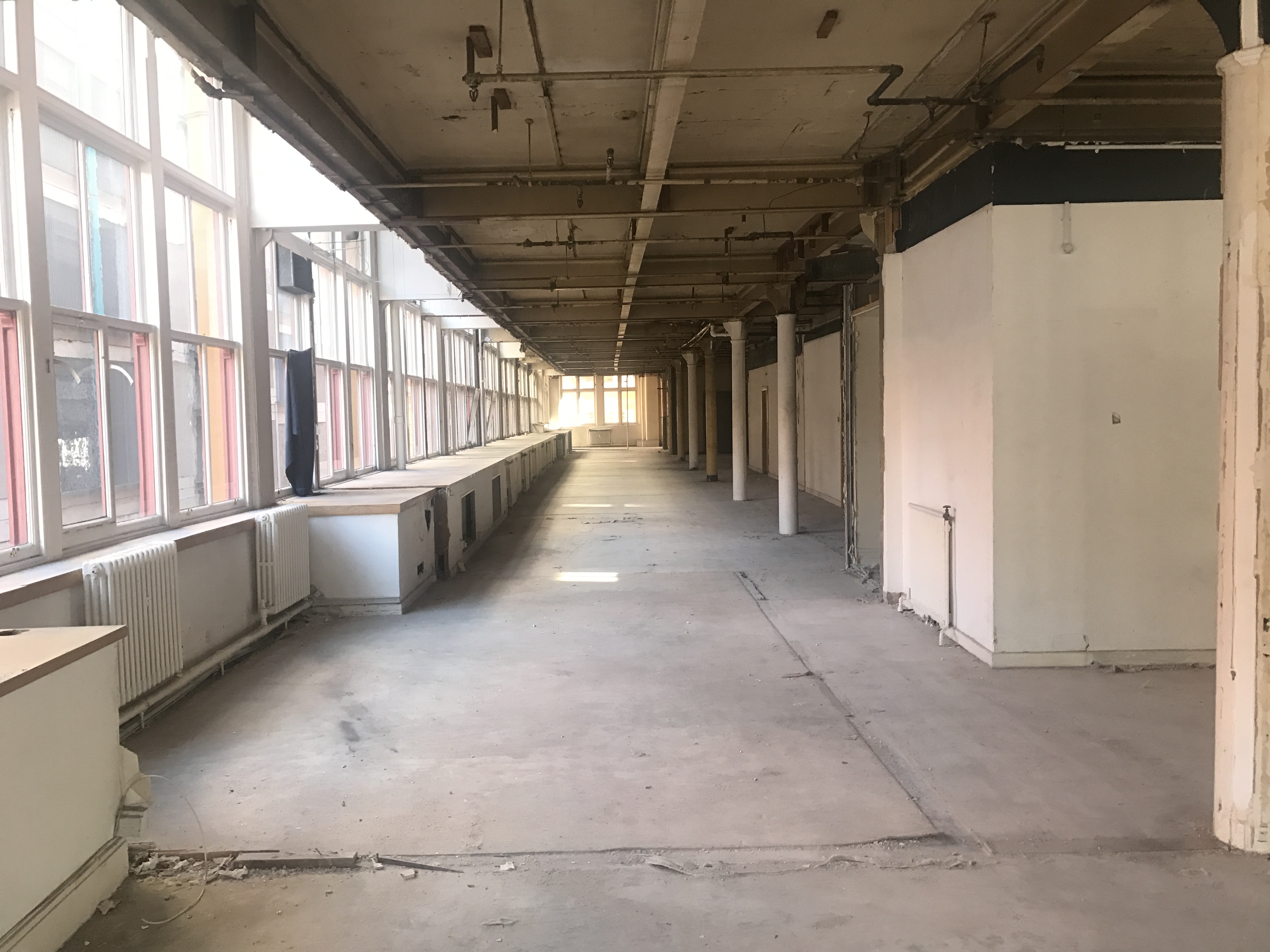
Realising the potential of heritage is essential. Samuel Lawson Johnston, managing partner of Kinrise, an investment company which transforms vacant, iconic buildings into workspaces, says that ‘ex-department stores offer enormous opportunities, with fantastic floor to ceiling heights, interesting history and features. A mixed use scheme in what used to be a big shop can be the centre of the community. A characterful office on a high street is better than a business park’.
‘It’s more complicated than just seeking to get the maximum rent from every building’, says Hugh Petter, architect and master planner at ADAM Architecture with a special interest in legacy development, ‘and it’s not just about the short term either’. Instead, he advocates a curatorial, if not visionary approach: ‘We have all but forgotten how to husband the value of an urban estate. Landlords need to create a spirit of place by choosing the businesses who go there. Over time, a good place will become popular and so will create value.’
Although the planning process might sometimes be slow, the outcome can be worth it in revitalising outmoded spaces mingling offices and cafés, independent and pop-up shops, and homes. And the government is trying to kick-start growth with High Street Rental Auctions, which will give councils power to auction off leases for empty commercial properties. The high street is not dying, but it is changing. It’s time to go to town.
The Ministry of Housing, Communities and Local Government was contacted for comment.
Lucy Denton is a writer and architectural historian. She has worked for Adam Architecture, Sotheby’s and ArtUK, and has written for Hudson’s Historic Houses and The Times. She writes regularly for Country Life.

